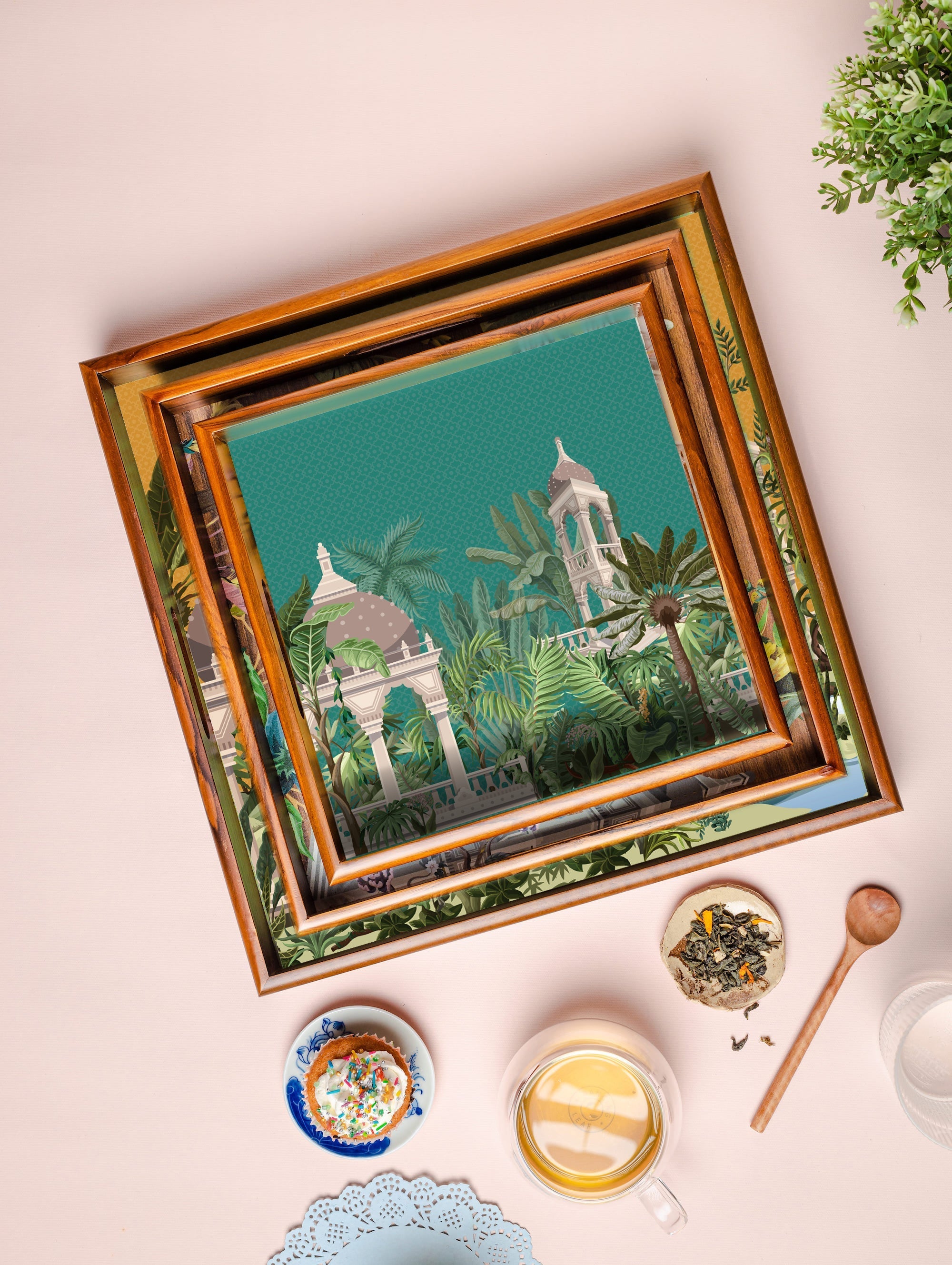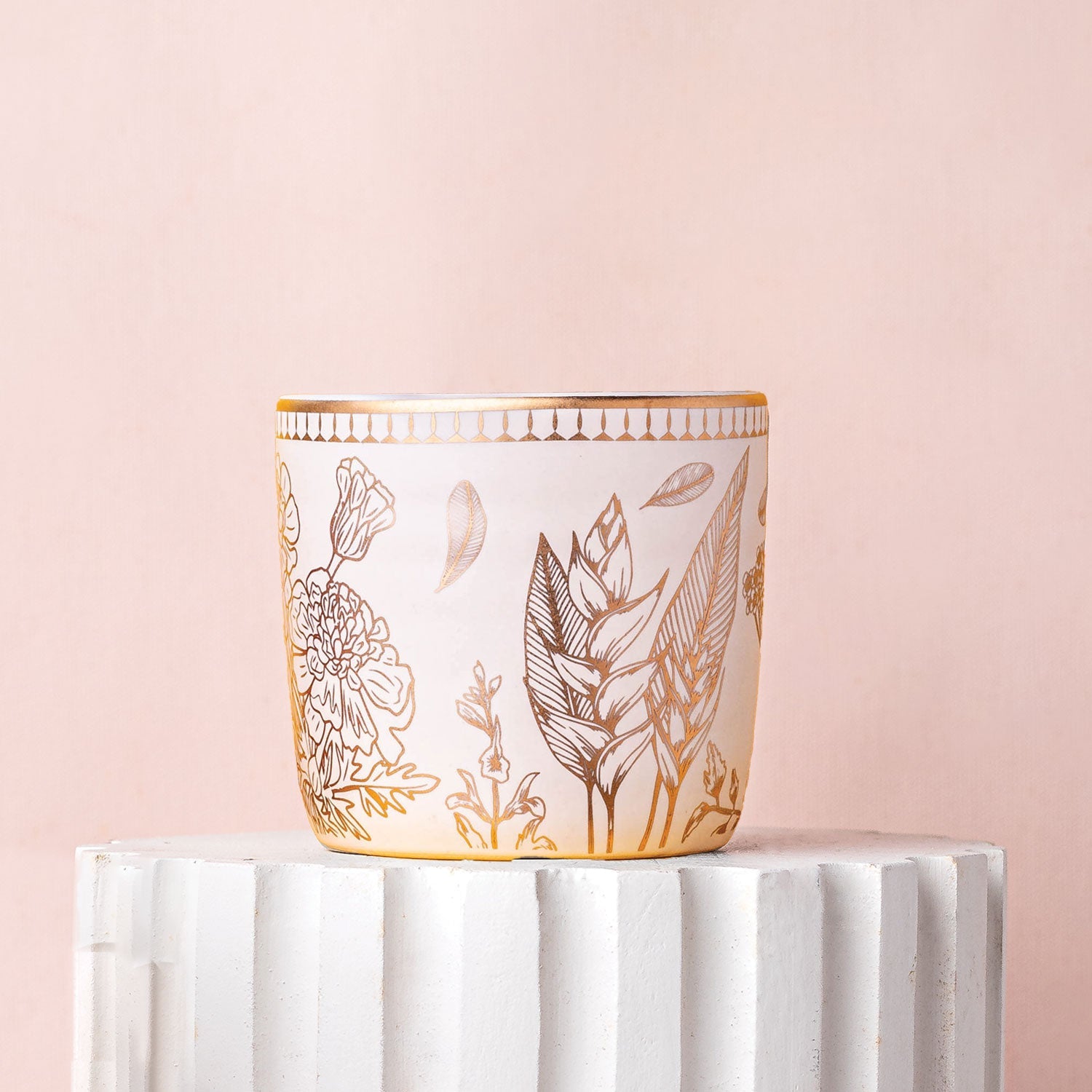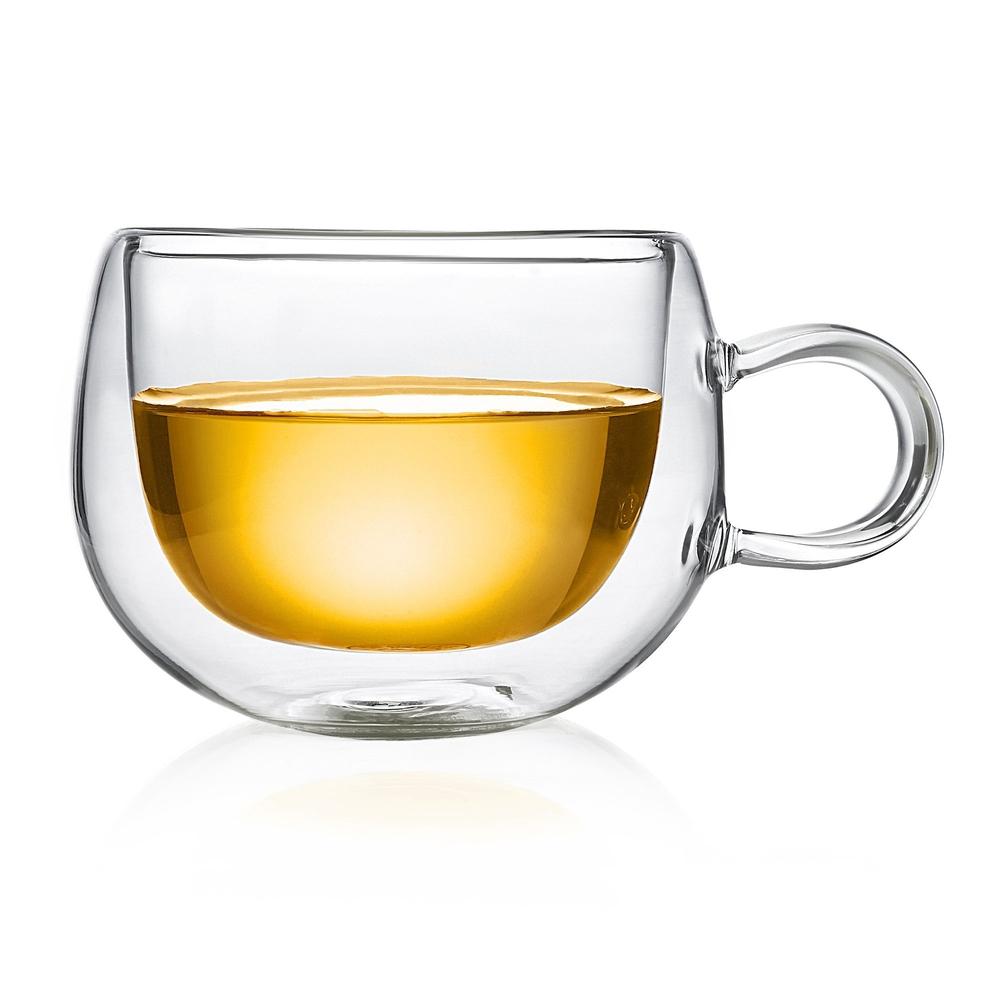Popular Tea Regions of India - Dooars
Nestled just below Darjeeling, at the Himalayan foothills, is a land shared by pandas, rhinos, thick forests, gurgling streams and aromatic tea. The tea-growing areas in the district of Jalpaiguri, West Bengal, along with a small part of Coochbehar District, is popularly known as Dooars, which is bound by Bhutan and Darjeeling district in the northwest, Coochbehar district and Bangladesh in the south and Assam in the east. Dooars (which means doors in Bengali, Assamese and Nepali) is the gateway to the North East and Bhutan. Although tea cultivation in Dooars was primarily engineered by the British planters through their agency enterprises, there was significant contribution of Indian entrepreneurs who set up a considerable number of new plantations with the issuance of grants of lands in a phased manner. The Dooars-Terai tea is characterized by a bright, smooth and full-bodied drink that’s a tad lighter than Assam tea.
Tea plantations in the region are spread over 97,280 hectares (240,400 acres). The region produces 226 million kg of tea, accounting for about a quarter of India’s total tea crop. There are 154 gardens in the Dooars out of 283 tea gardens in north Bengal that employ 3.5 lakh workers. Cultivation of tea in the Dooars was primarily pioneered and promoted by the British but there has been a significant contribution from Indian entrepreneurs over the years.








